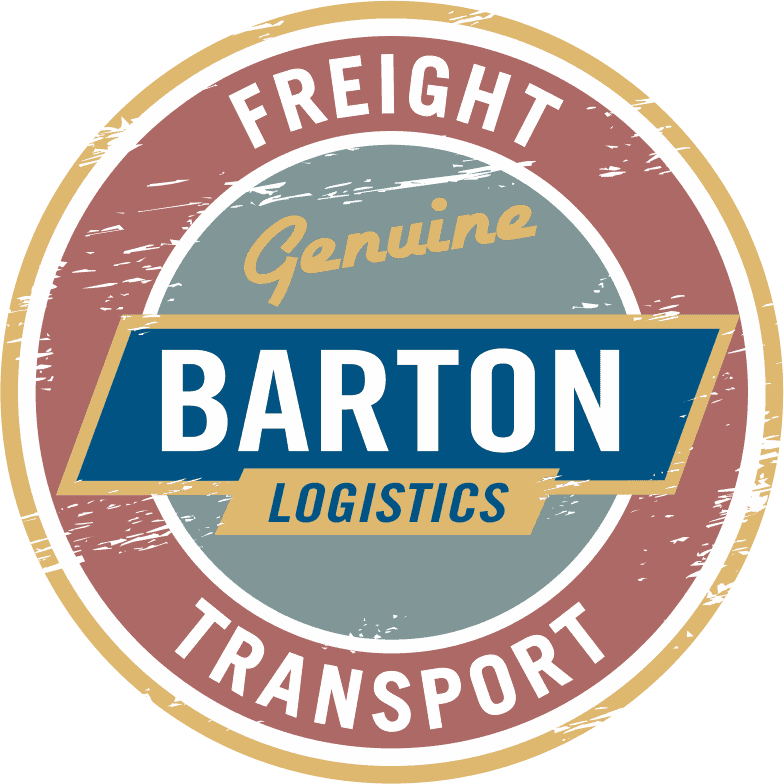In my first blog, I broached the idea of autonomous vehicles and the impact it will have on the US supply chain. I documented the following questions:
- When will [autonomous vehicle operations] happen?
- When will autonomous vehicles begin to appear in commerce?
- Will it happen quickly?
- Will the government act as a catalyst or a bottleneck?
- Will other countries beat us to the punch?
- What will rates do when the productivity constraints associated to driver regulation, begin to disappear because the driver tractor relationship moves from “one driver to one truck,” to “one driver to many trucks”?
- Does this country need more infrastructure or does it need to “rewire” the infrastructure in place in anticipation of the impending capacity gain in the transition from humanly operated vehicles to autonomous vehicles?
- How will vehicles communicate with each other and what is a “vehicle to vehicle” aka V2V network?
- How will traffic-control centers balance navigation & route planning against road congestion?
- How much carbon will be eliminated from our environment because of efficiencies unavailable to vehicles dependent on human control?
- How will inter-modal be impacted by autonomous vehicles? Who will be left standing at the end of the transition?
In this blog, I’m going to focus both on “Will other countries beat the US to the punch” and “When will it happen.”
The 65th IAA Commercial Vehicle Show was hosted in Hanover Germany September 25th, 2014 to October 2nd, 2014. IAA takes place in even-numbered years and is considered the world’s largest trucking show. It is the place where Original Equipment Manufacturers (OEMs) and Tier 1 Suppliers converge to showcase their development pipelines.
Transport Topics stated in the 10/6/2014 print edition that the unavoidable buzzwords at the IAA event were “autonomous driving” and “connectivity”. Technology was front and center at the show. The technology most talked about fell into the following categories:
• Vision & Radar Systems
• Vehicle To Vehicle Networks (V2V)
• Automatic Transmissions & Telematics
• Enhanced Navigation & Topographic Maps
• Predictive Cruise Control
• Platooning
• Braking & Lane Departure
OEM and suppliers cautioned that truly automated vehicles wouldn’t be available until 2025. At the same time, Daimler Chrysler stole the show with its “Future Truck 2025” which functions autonomously TODAY. Transport Topics stated that DAF, the European arm of Paccar Inc., announced its predictive cruise-control system would be available in combination with predictive shifting starting in January on some models. Ron Borsboom, DAF’s Chief Engineer, was heard to say that while more research and changes to existing regulation were required “autonomous driving might be closer that one thinks”.
Mikael Lundqvist Director of Communications for Scania, noted “Technology is not the limit, it’s the regulation and insurance questions” Transport Topics reported.
Continental AG was more bullish on the 2025 timeframe for self-driving vehicles as they noted on their website, under press releases.
Transport Topics reported that Jeff Owens, Delphi’s Chief Technology Officer, said “In the next 10 years, we are going to see extraordinary things that happen with safety and connectivity of vehicles” adding “these two areas are converging but they must do so safely and efficiently”.
So there you have it. 2025 is a “safe” prediction being made by the talking heads, except we have vehicles that already accomplish the technological feat of autonomous operation, today. Peterbilt (PACCAR), Peloton Technology, Inc, Google, Daimler Chrysler (PACCAR), Volvo Trucks, Stanford University, and Scania all have functioning autonomous vehicles. With so many hats in the ring, and with proven prototypes in test, I can’t believe that it will take ten years.
Commerce in the United States has always operated under the assumption that there would be an ample supply of trucks to deliver goods to market. That assumption can no longer be taken for granted. Drivers are in short supply. Average spot market rates for dry, reefer, and flatbed capacity are setting records. Insurance companies prohibit young-new drivers in their offerings to carriers. In turn, the largest carriers have to create risk pools or self-insure, by-passing commercial vehicle insurers, in order to hire the drivers they need. So we’ll just wait for another ten years while the regulators sort things out? I don’t think so.

